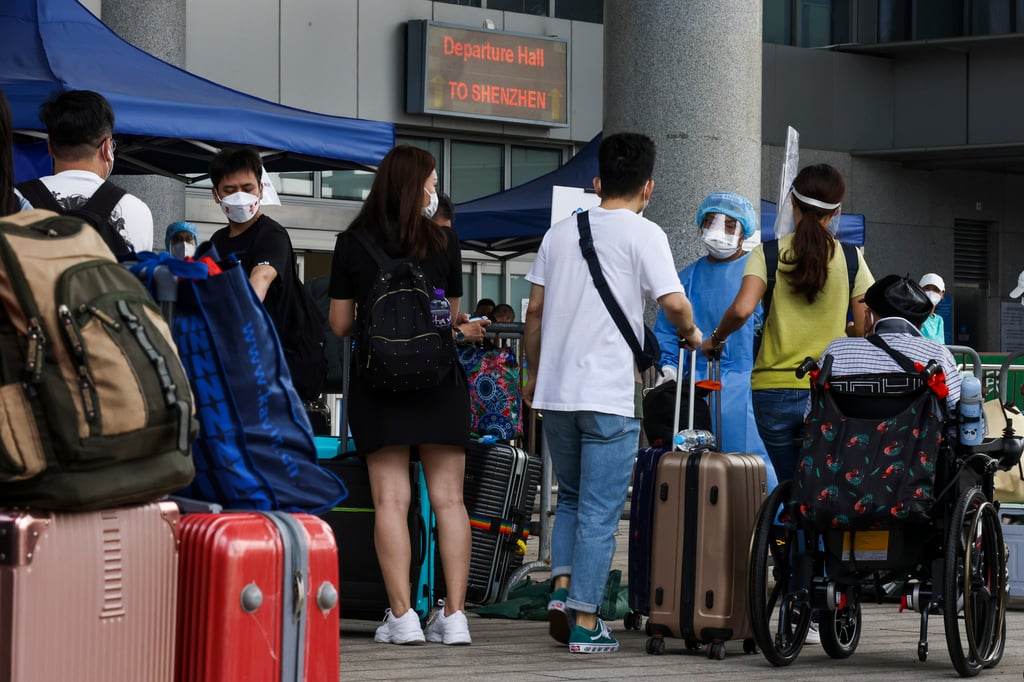Editorial | A more pragmatic approach needed to deal with Covid-19
- A well-thought-out plan to ease some restrictions can win the confidence of mainland authorities and the Hong Kong public to partially reopen borders for essential travel

A fresh surge in Covid-19 case numbers and hospitalisations has put pressure on health authorities to respond. At the same time, demand from the public and businesses for relaxation of travel restrictions is unrelenting.
A more proactive approach to containment of the virus would help win the mainland’s confidence in opening up borders. But public sentiment calls for more pragmatism and flexibility about quarantine and testing.
Reconciling the two can seem like mission impossible when subvariants of the virus are driving up infections here and overseas. But they need not be mutually exclusive.
The government has taken the first steps. It has abandoned flight suspensions for airlines that land more than a very small number of infected passengers because they did not appear to be achieving anything.

It has introduced a “care corridor” to Shenzhen for people in eight categories, including students returning from overseas via Hong Kong and people who need to go to Shenzhen regularly, to reduce pressure on the hotel quarantine quota. And it has introduced an additional polymerase chain reaction (PCR) test on day three of quarantine for all inbound travellers.

